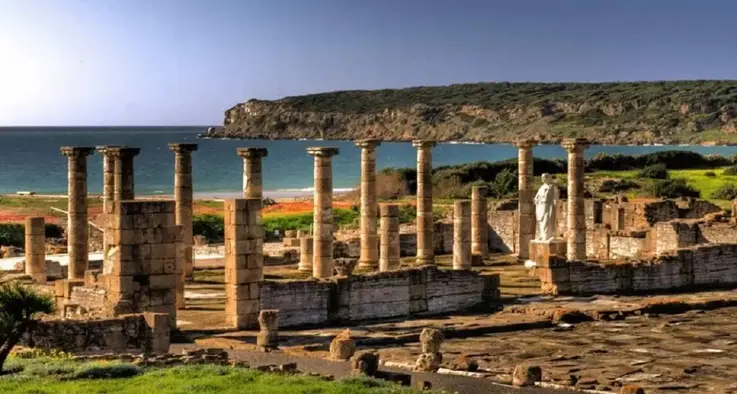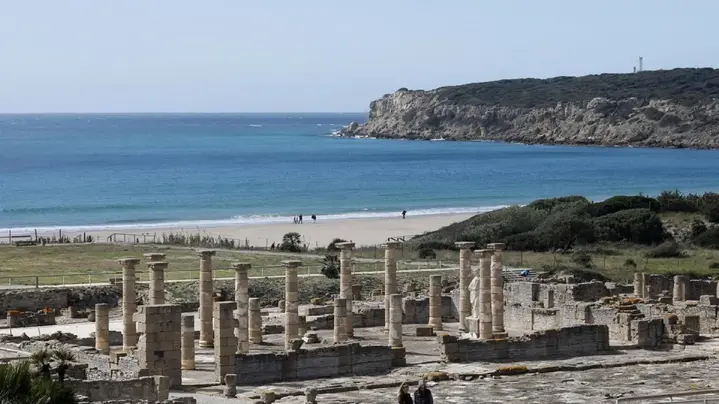












Mysteries of Knowledge and Technology of the Roman Empire in Baelo Claudia
Tour description
On this tour, we'll see the obvious, what's visible at the archaeological site, and what's hidden, the fruit of Roman techniques and knowledge. It will be surprising to see the Roman ruins of Baelo Claudia, in use from the 2nd century BC to the 4th century AD.
The Roman Empire equipped the area as a factory for salting tuna, garum (a delicious sauce), and making makeup. From this, a unique city was born.
The chosen location will no longer be a mystery: a cove in the sea, stone quarries, water in aqueducts, and the tuna industry in almadrabas. How do they work?
The hidden logic of water: aqueducts, cisterns, lead pipes, Silenos fountains—what are they? Sewage system to the port. Thermal baths with hot, warm, and cold pools. Cult of the body on the Pilaster of Doryphoros, the gymnast.
In the Forum, spaces with hidden functions include the Basilica, the Voting Room, the Archives-Library, the Hall of Toga, and the Curia Headquarters. Opposite, the Tabernae: tapas and wine. Food can be purchased at the Macelum and the Documanus Maximus shops, which sell wine, olive oil, and garum.
The Gods spy on the Capital Triad (Jupiter, Juno, and Minerva) in the Temples, along with the Egyptian Goddess Isis. Trajan presides and explains from his statue.
2000-year-old roads, the Via Augusta, from Cadiz to Rome, from East to West, from the Puerta de Gades to Cateira, crosses Baelo.
End of the museum and model: Sundial, Statue of Junia, fishing, hunting and domestic life tools, columns and capitals.
All included tickets are FREE
What will we see on this tour?







